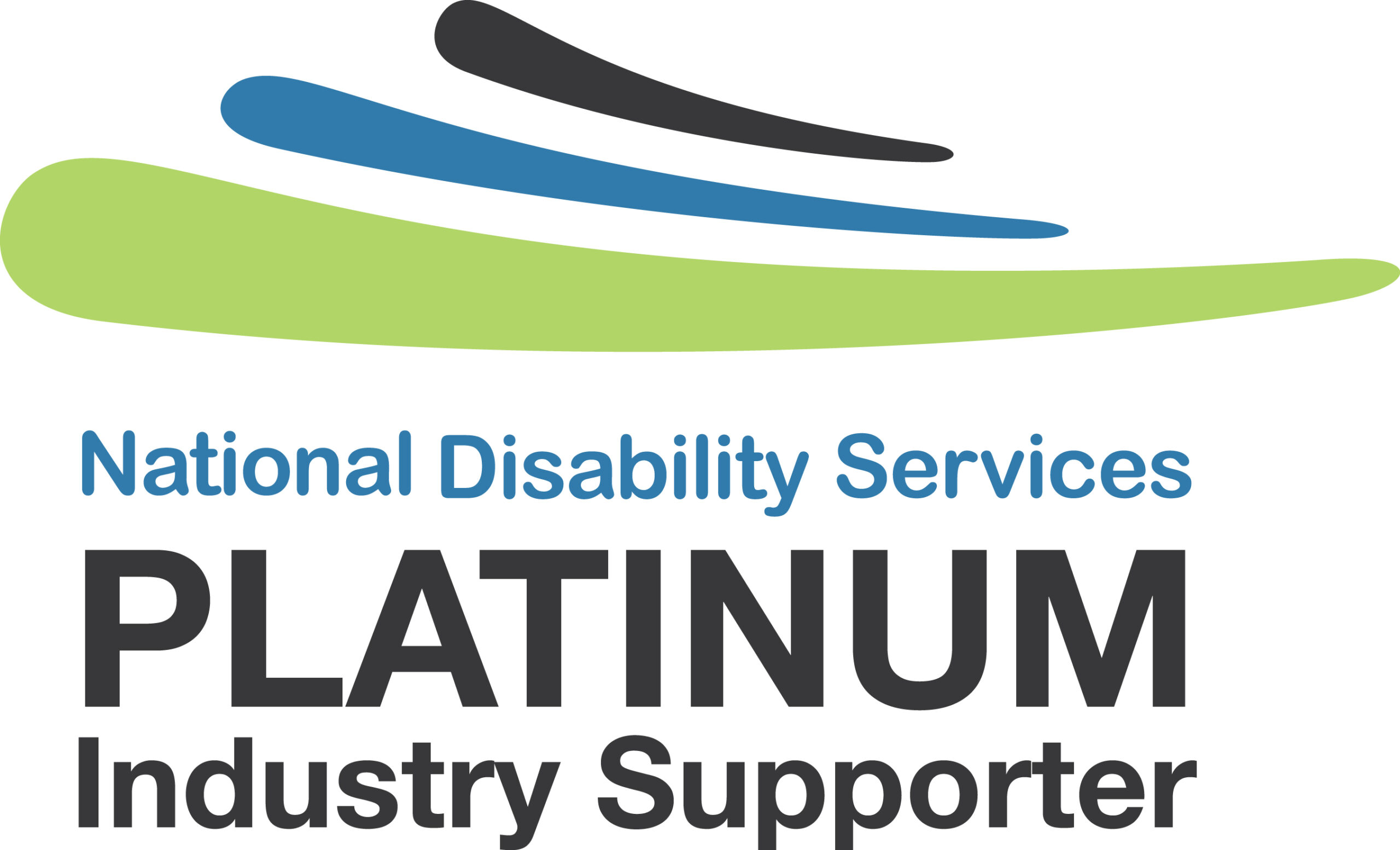As providers settle into the early stages of Support at Home, many are starting to see questions arise around co-contributions. This isn’t unexpected – any shift in funding models brings a period of adjustment – but it has highlighted the need for clear communication and reliable information when helping participants understand what they’re expected to pay.
The current landscape
Early feedback tells us that some participants are unsure how their co-contribution has been calculated or haven’t yet received their letter from Services Australia. This can create uncertainty – particularly for people who haven’t previously contributed to their services. For providers, this means frontline teams may be spending more time explaining contribution logic and checking assessment details.
The challenge
One of the common issues is that, without up-to-date data, it can be difficult to give participants a clear answer on the spot. Teams relying on manual checks or external documents may need to navigate delays or inconsistencies. This can slow down conversations and make it harder to reassure clients with confidence.
The opportunity with real-time data
Providers who have access to Services Australia API data can confirm contribution details quickly and accurately, using real-time, source-of-truth financial data. This gives staff the information they need to guide conversations, explain changes and build trust during a period where participants may be seeking clarity.
Practical ways to support participants
There are several steps providers can take to reduce confusion and improve the experience for participants:
- Presenting contributions in plain language rather than item codes
- Communicating early and proactively when changes may affect funding
- Giving client-facing staff clear guidance and up-to-date information
- Using system integrations to automatically pull in financial assessments
Each of these helps participants feel more informed and reduces the pressure on teams as everyone adapts to the new model.
As Support at Home continues to roll out, transparency and consistency will become key drivers of participant confidence. Providers who can explain co-contributions clearly – supported by accurate, real-time data – will be well positioned to maintain trust and deliver a smoother experience for clients.
























